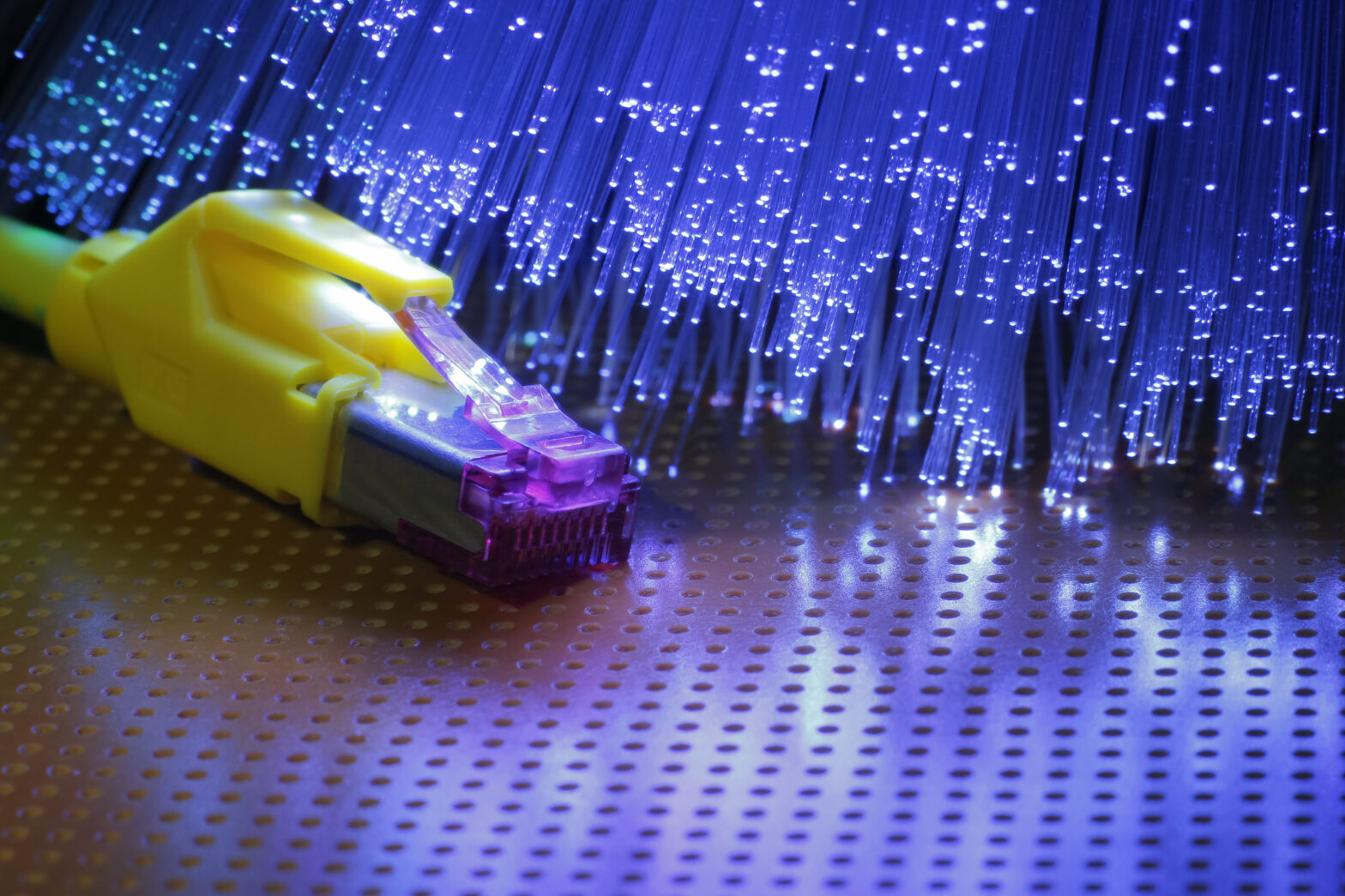The Internet of Things (IoT) is one of the most important technological developments of recent years, with over 8 billion connected devices already in operation and predictions that this will grow to over 20 billion by 2020.
Most people are now accustomed to smart TVs, home assistants and wearable fitness devices, but it won’t be long until workplaces, transportation and cities are fully automated, connected and intelligent, drawing in a new age of convenience, efficiency and productivity.
To take advantage and realise this connected, IoT era the importance of the right cabling is paramount. This is an aspect that often goes unreported, operating behind the scenes.
>See also: Fibre optic cabling may be more cost effective than you think
However, the foundation of plastic optic cables is essential in enabling the increasing number of connected devices to function efficiently and in real-time. For the potential of the IoT to be realised, a revolution in cabling is essential, to provide the speed and capacity demanded by a connected world.
At the forefront of this revolution in cabling technology is Japanese manufacturing giant, Nitto Denko, which has entered the high-speed, large capacity plastic optical cables market in Europe.
With its ability for high-speed data transmission of over 100 Gbps, the new plastic optical cabling is set to play a vital part in a number of rapidly emerging fields, including IoT, high-definition medicine, automated driving and fuel efficiency.
Plastic optical cables will help “create and expand new businesses for an information-orientated society,” explained Nitto Denko CEO, Hideo Takasaki during a press briefing on the cusp of the company’s 100th year. The information garnered from IoT devices, supported on the foundation of plastic optic cables, will be essential for businesses across industries to drive innovation.
This, said CTO Toshiyuki Umehara, will be crucial in “contributing to enhancing society. He pointed to two industries in particular: transport and medicine.
With the advent of self-driving cars, data will need to be shared in real-time continuously. Optical cables can handle this, there is no risk of breaking and they maintain the necessary levels of efficiency.
>See also: The unhackable quantum communications system
Similarly, in the future of healthcare, plastic optical cables will be used to produce real-time visualisations of operations to improve patient care and treatment, and surgeon practice.
It is clear the need for optical will grow, and the market is predicted to reach three trillion by 2025. Ultimately, the cables will allow for the “convergence of new and existing business fields,” said Umehara.
Nitto plans to showcase the array of benefits plastic optical cables will bring at the 2020 Tokyo Olympics, where all the world will see the necessity of a strong foundation for the connected future.










